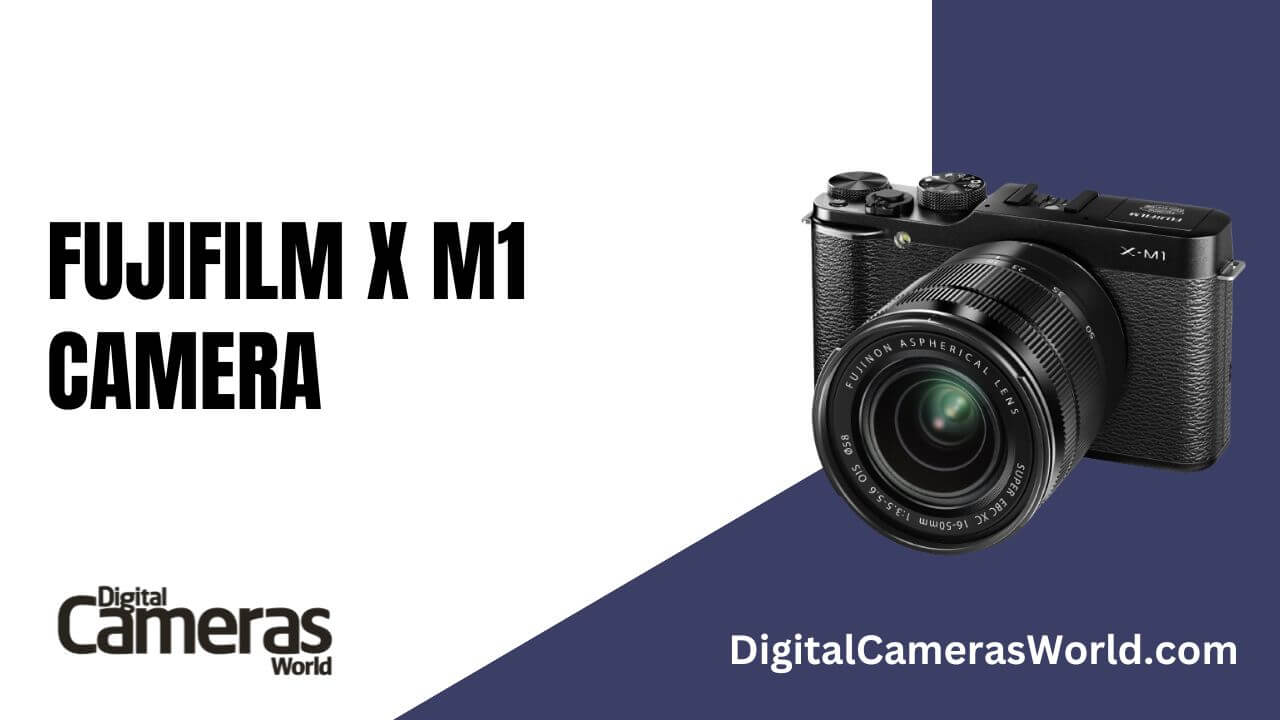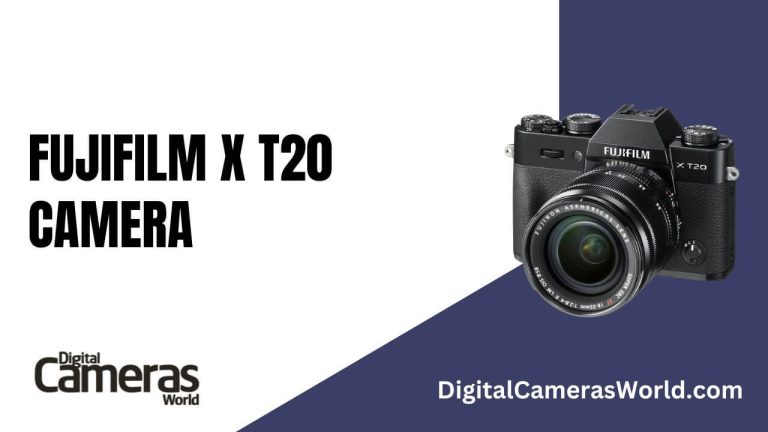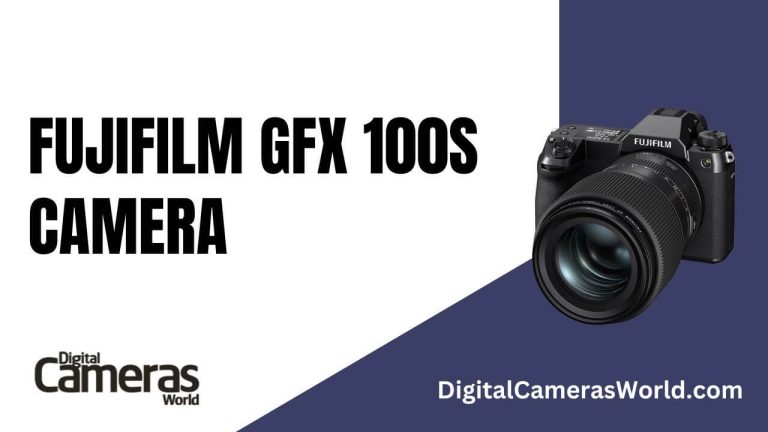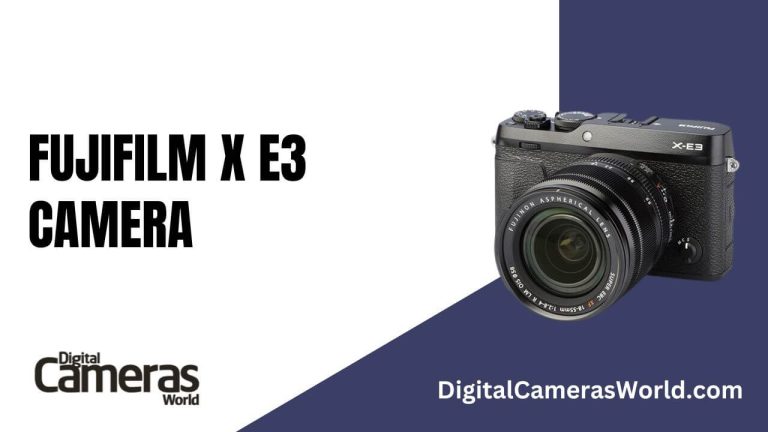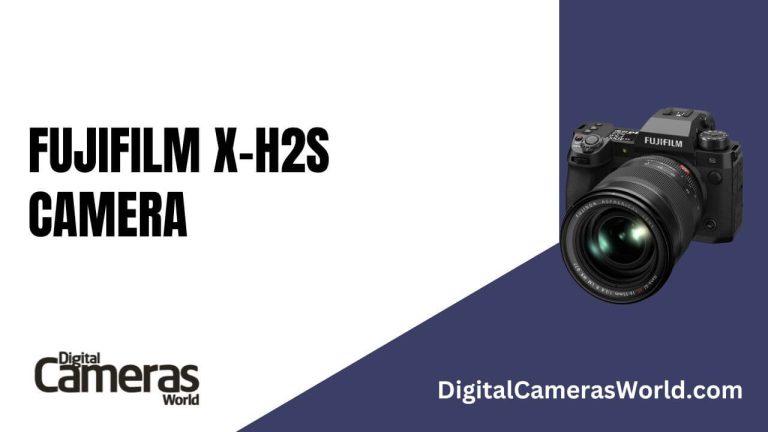Fujifilm X-M1 Camera Review 2024
Are you in search of a camera that seamlessly blends style with substance? Enter the Fujifilm X-M1. Launched in 2013, this mirrorless marvel redefines compact photography without compromising on performance. Sporting a 16.3-megapixel APS-C X-Trans CMOS sensor, the X-M1 delivers exceptional image quality, even in challenging lighting scenarios. But it’s not just about pixels – this camera boasts a suite of features tailored for the discerning photographer.
Say goodbye to bulky DSLRs; the X-M1’s lightweight build makes it the perfect companion for any adventure. Whether you’re exploring bustling streets or capturing serene landscapes, its compact design ensures you’re always ready to shoot. And with a tilting LCD screen and built-in Wi-Fi connectivity, sharing your photographic masterpieces has never been easier. Plus, the X-M1’s intuitive interface empowers users of all skill levels to unleash their creativity effortlessly.
So, if you’re ready to elevate your photography game, look no further than the Fujifilm X-M1. With its blend of style, performance, and user-friendly features, it’s not just a camera – it’s a gateway to endless photographic possibilities.
Key Features of the Fujifilm X-M1
Design and Build Quality
One of the most impressive features of the Fujifilm X-M1 is its sleek and stylish design. The camera is made with high-quality materials, including a magnesium alloy body and a leather-textured grip. It is available in a range of colors, including black, silver, and brown. Despite its lightweight and compact design, the X-M1 is built to last, with a durable construction that can withstand everyday wear and tear.
Sensor Technology
The X-M1 is equipped with a 16.3-megapixel APS-C X-Trans CMOS sensor, which delivers exceptional image quality with low noise and high dynamic range. The sensor features a unique color filter array that eliminates the need for an optical low-pass filter, resulting in sharper and more detailed images. The X-M1 also features Fujifilm’s EXR Processor II, which enhances color reproduction and reduces noise, even at high ISO settings.
Autofocus System
The Fujifilm X-M1 features a fast and accurate autofocus system, with 49 AF points that cover the majority of the frame. It also features face detection and tracking, which makes it easy to capture sharp and focused images of people and animals. The X-M1 also features a manual focus assist mode, which magnifies the image on the LCD screen for precise focusing.
Lens Compatibility
One of the key benefits of the Fujifilm X-M1 is its compatibility with a wide range of lenses. The camera features a Fujifilm X-mount, which allows you to use a range of Fujifilm lenses, as well as third-party lenses with the appropriate adapter. This gives you the flexibility to choose the right lens for any situation, from wide-angle landscapes to telephoto portraits.
User-Friendly Interface
The Fujifilm X-M1 features a user-friendly interface that makes it easy to navigate through menus and settings. It also features a Q menu button, which allows you to quickly access frequently used settings, such as ISO, white balance, and image quality. The camera also features a mode dial, which lets you switch between different shooting modes, including manual, aperture priority, and shutter priority.
Wireless Connectivity
The X-M1 features built-in Wi-Fi connectivity, which allows you to quickly and easily share your photos and videos with friends and family. You can also use the Fujifilm Camera Remote app to control the camera from your smartphone or tablet, making it easy to take selfies or group.
Why Do Photographers Need to Buy a Fujifilm X-M1 Camera?
Photographers may choose to buy a Fujifilm X-M1 camera for its compact and lightweight design, high image quality, advanced features such as interchangeable lenses and wireless connectivity, and retro-inspired aesthetics. It can be a good option for both amateur and professional photographers looking for a versatile and portable camera for various shooting scenarios.
Recommended: Fujifilm X-A1 Camera
Pros
- Lightweight and compact design
- Excellent image quality with low noise and high dynamic range
- Fast and accurate autofocus system with face detection and tracking
- User-friendly interface with a Q menu button for frequently used settings
- Built-in Wi-Fi connectivity for easy sharing and remote control
- Compatibility with a wide range of lenses
Cons
- No built-in flash
- No in-body image stabilization
- Limited battery life compared to some other mirrorless cameras
- Limited selection of native lenses compared to other camera systems
- No weather sealing, making it less suitable for outdoor use in harsh conditions.
Fujifilm X-M1 Camera Features Table:
| Feature | Description |
|---|---|
| Sensor | 16.3 megapixel APS-C X-Trans CMOS sensor |
| Processor | EXR Processor II |
| ISO range | 200-6400 (expandable to 100-25600) |
| Autofocus system | Contrast detection with 49 points |
| Continuous shooting speed | Up to 5.6 frames per second |
| Video recording | Full HD 1080p at 30fps, with stereo sound |
| LCD screen | 3-inch tilting LCD with 920,000 dots |
| Wireless connectivity | Built-in Wi-Fi for remote control and image transfer |
| Lens mount | Fujifilm X mount |
| Battery life | Up to 350 shots per charge |
| Dimensions | 116.9 x 66.5 x 39 mm |
| Weight | Approx. 330g (including battery and memory card) |
What is the sensor size of the Fujifilm X-M1?
The Fujifilm X-M1 features a 16.3-megapixel APS-C X-Trans CMOS sensor.
Does the Fujifilm X-M1 have a built-in flash?
No, the X-M1 does not have a built-in flash. However, it does come with a small external flash unit that can be attached to the hot shoe.
Can I use third-party lenses with the Fujifilm X-M1?
Yes, the X-M1 features a Fujifilm X-mount, which allows you to use a range of Fujifilm lenses, as well as third-party lenses with the appropriate adapter.

